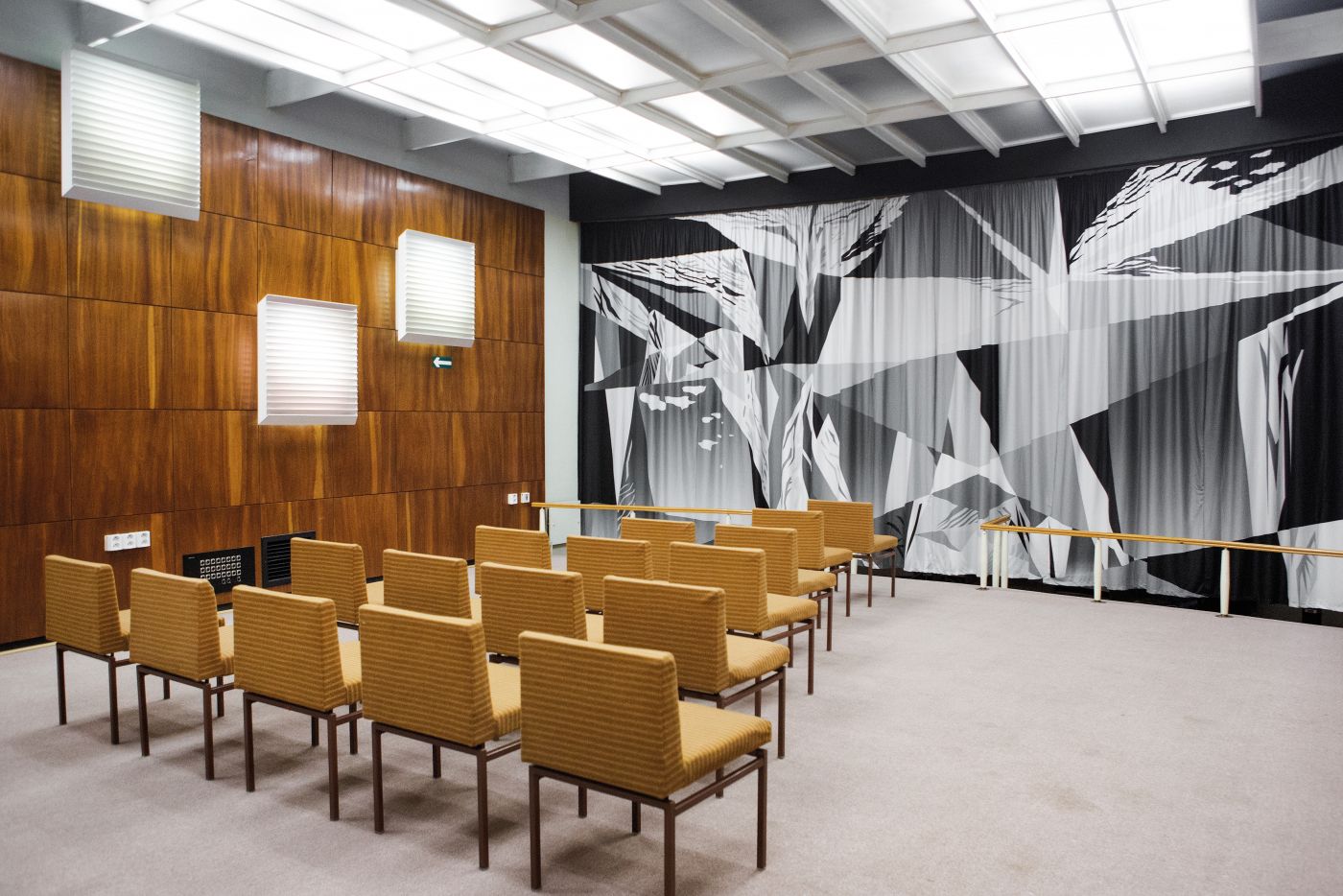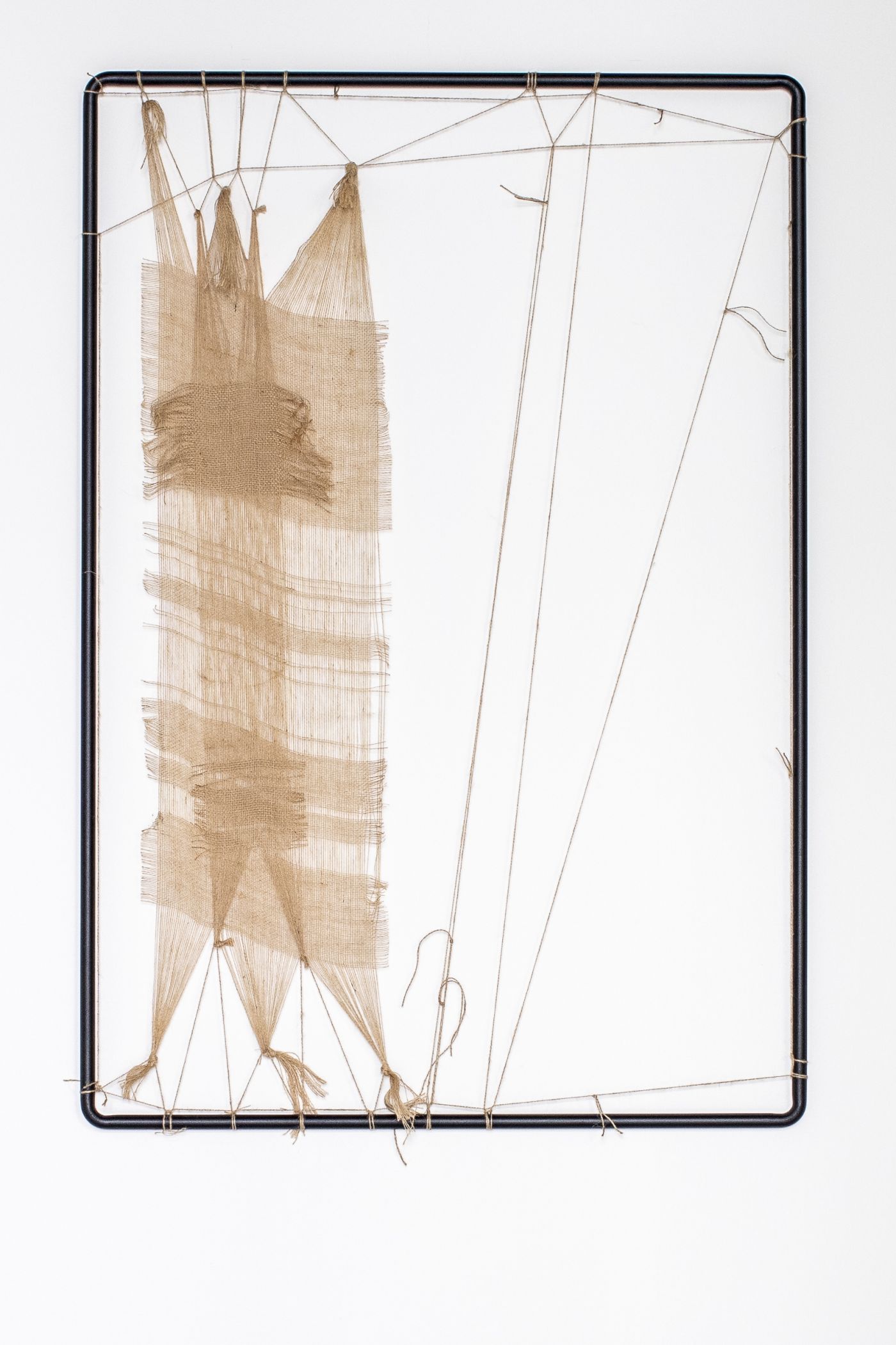Roman Štětina
Liste Year
Year of Birth
Country of Birth
Presented by
2023
1986
Czechia
Polansky
Fake news, fake profiles, deepfake technology. We believe what we see with our own eyes. At the same time, we only see what our visual cortex “believes”. Displays disintegrating into thousands of pieces; images blurred by showers of glass fragments; sharp objects whizzing through the air, a constant source of danger. When one of these shards impales the eye, vision will be lost. Or we will start to see sharply.
Roman Štětina, Transit, 2022-2023, 4K video, stereo sound, edition of 5
The illusion of motion perception is made possible by the imperfection of the human eye. The term for this attribute is persistence of vision. Most pre-cinematic devices – rotating discs and cylinders –were based on this visual phenomenon. When viewed through a narrow slit, limiting the viewer’s angle of vision, they created the impression of fluent motion. Devices like the phenakistiscope, the Wheel of Life and the zoopraxiscope progressively led to the invention of cinema at the end of the nineteenth century. The stroboscopic effect has traditionally been attributed to persistence of vision and la ...
Roman Štětina, Filter, 2021/23, 4K video, sound, 19'11'', edition of 5
Roman Štětina’s second digital video, lasting a couple of minutes, captures a simple scene, in which a lit cigarette placed in an ashtray goes out. Without human intervention, without smoke being inhaled into lungs, the cigarette turns into ashes and smoke. This seemingly banal situation has been a rare sight since the ban on the sale of the original cigarettes in 2012. For safety reasons, only
self-extinguishing cigarettes are available on the European market. Cigarettes have appeared in films since the beginnings of cinematography. They are an important part of a number of iconic film scene ...
Roman Štětina, Moiré Pattern No.1, 2023, painted steel, jute, 191 x 90 x 30 cm
Roman Štětina, Moiré Pattern No.2, 2023, painted steel, jute, 158 x 108 cm
Roman Štětina’s textile objects are reminiscent of large, broken screens. Metal frames shaped like displays are woven with jute rope in such a way that movement around them creates the moiré effect. The moiré pattern was another optical illusion used in pre-cinema optical devices. For the moiré interference pattern to appear, the two patterns must not be completely identical, but rather displaced, rotated, or have slightly different pitch. The term originates from moire (moiré in its French adjectival form), a type of textile, traditionally made of silk. The watered appearance was usually created by ...
Roman Štětina was born in Kadan (CZ) in 1986, lives and works in Prague (CZ). He graduated from the Academy of Fine Arts in Prague in 2015 after spending two years on the Städelschule in Frankfurt am Main in the classes Judith Hopf and Douglas Gordon.
Roman Štětina’s work investigates the ways in which broadcast media including film, television and radio are created. His videos, installations and sculptures foreground the props, studios and technologies that are otherwise hidden behind the sounds and images received by an audience. This does not involve displaying the “unseen” ...
Roman Štětina, Tongue Twister, 2014, super 16mm film / fullHD telecine transfer, colour, sound, 5'46''
Since 1955 she has worked as a technician and Senior Sound Editor in Czechoslovak, later Czech, Radio. Her colleagues in radio talk about her as a holder of “radio memory”. She has collaborated on hundreds of legendary programmes, radio productions and plays. For more than fifty years she worked on an almost daily basis with technology that no longer meets today’s standards.
A static camera is recording a person who is concentrating on producing a fire arms shot sound effect by means of an archaic prop called a "flap" or sometimes "whip". However, the sounds which you can hear in the actual video are the sounds of real fire arms taken from a sound effect data bank. The work focuses on several parallel themes - from the inability of our senses to discover post-production in a piece of art to almost psychological study of a person moving in the architecture of the recording studio.

reconstruction of a curtain by an unknown artist based on preserved archive photographs
installation view, Stereo Auditorium in Czech Radio – Pilsen, 2014
view into Stereo Auditorium in Czechoslovak Radio Pilsen, courtesy Czech Radio archive, photographer unknown, ca. 1975, Pilsen (CZ)
Between 1965 and 1980 a room existed in the building of Czech Radio in Pilsen known as the Stereo Auditorium. It was furnished in the so-called Brussels-style and was used by the artistic board of Czechoslovak Radio for listening to, and approving, stereo radio programmes, as well as for tes ...






